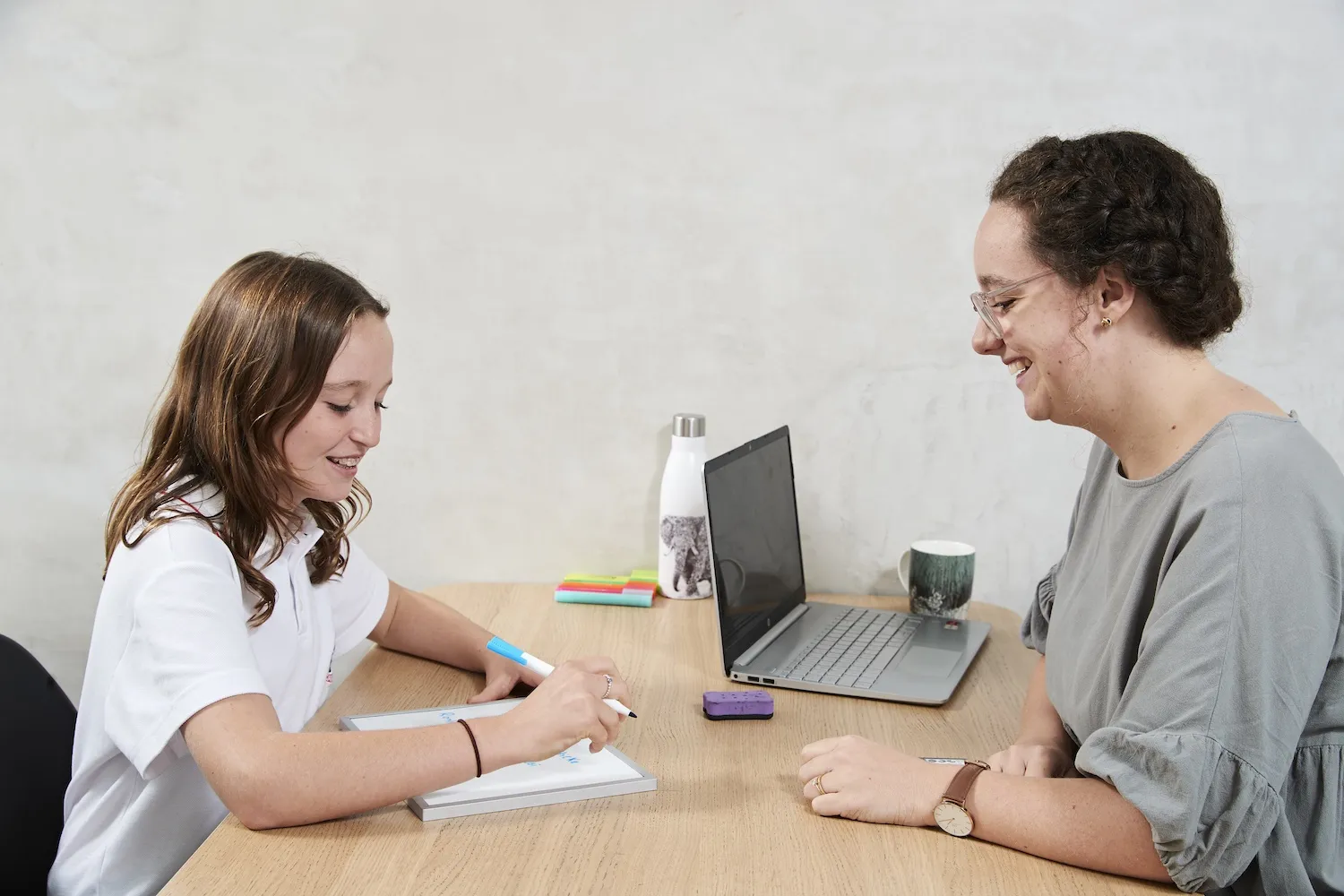A Letter to Toddler Parents: Strategies to Teach New Vocabulary

A Letter to Toddler Parents: Strategies to Teach New Vocabulary
Hello excellent, exhausted, snack-covered parents of toddlers,
As a speech pathologist and fellow toddler mum, I am asked countless times a week about toddler communication. And while my advice is always 'if you're worried, see a professional in a setting where they can formally assess and advise you about your child's individual needs', I do have a little more to say.
It starts with this simple, well-intentioned but annoying little word;
“Say.”
As in:
- “Say ‘please’!”
- “Say ‘mummy’!”
- “Can you say ‘truck’?” [often followed with "she/he said it earlier" - to which speech pathologists say, "yeah, we believe you, don't stress!!"]
You get the idea.
And I get it—"say" feels natural. You want your child to learn language, you may have heard them say the word before and you figure, “If I just ask them to say the word, they’ll say the word, and then we’ll ride off together into a beautifully articulate sunset.”
But hear me out.
"Say" Doesn't Work Like You Think It Does and Here's Why;
1. Toddlers are not Siri: You can’t press a button and get the word “banana” on command. Asking a toddler to "say banana” is like asking your dog to sweep the floor. It might happen, but mostly you’ll get a blank stare and possibly some drool.
2. “Say” puts on pressure - and toddlers are allergic to pressure: When we tell a toddler to “say” something, we’re issuing a performance request. The toddler may not actually be able to cognitively comprehend the instructional concept due to their developmental stage. AND, if the toddler can comprehend the command, it’s probably going to be their equivalent of being asked to sing karaoke in front of your boss with no warm-up. Most kids will either freeze, whisper inaudibly or run away.
3. It’s not how real communication works: When was the last time someone said, “Say ‘cat’” and you were like, “Yes! Here’s that word on command! Thanks for asking!”? It’s unnatural and awkward regardless of how eloquently you can produce the word ‘cat’ because language happens in context; organically, playfully, and without someone looming over you, asking you to perform on command like a monkey in a circus.
What To Do Instead:
Fear not, I have alternate, more effective strategies for you! Instead of saying "say," try these:
1. Model: Instead of saying “Say dog!” just point and say “Dog!”, maybe add a fun tone. Let your toddler soak it in. They don’t need to verbally respond. You’re building their vocabulary one utterance at a time regardless of their output.
2. Tempt them with what they want: Hold up the sultanas and say, “Want sultanas?” Pause. Wait. Give them a chance to respond - even if it's a sound, a look, or a hand gesture. Celebrate any attempt! Communication is more than just words.
3. Be your child's narrator: Toddlers are sponges, waiting to soak up the vocabulary we surround them with. Make comments. Make your voice interesting. Exclaim “Uh oh! Ball! Gone!” You’ll get more engagement than any “Say ball” ever produced.
4. Encourage choice: “Do you want an apple or banana?” Not only does this teach vocabulary, but it also lets your toddler feel like the tiny, snack-holding CEO they believe they are.
So Let’s Stop the “Say” Habit
Breaking the “say” habit isn’t easy. But when you focus on connection, modelling, and responsive interaction, your child’s language will bloom in a more natural (and less interrogation-based) way. So next time you’re tempted to say “say thank you”, try just saying, “Thank you!” yourself. Loud. Cheerful. Make eye contact. Your child is watching, absorbing, and wiring their little brain for future manners mastery. So skip the script, trust the process, and know that every moment of connection is one step closer to the words you’re waiting to hear - no ‘say’ required, as tempting as it may be.










.webp)
















